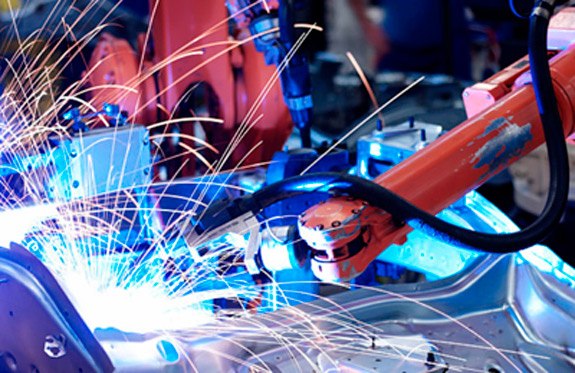The energy cooling system in automobile consists of a water pump, radiator, cooling fan, thermostat, compensating water tank, water jacket in the engine block and cylinder head, and other accessories. The water pump is a centrifugal pump which pressurizes the coolant to ensure its circulation in the cooling system, making it an important component of the cooling system.
Water pump: The water pump is the core component of the cooling system. It pumps the coolant to cool the engine. If the water pump is damaged, the engine temperature will rise.
Thermostat: The thermostat differentiates between the big and small circulation, allowing the engine to quickly achieve the ideal temperature. It also saves fuel by maintaining the appropriate temperature.
Water temperature sensor: The water temperature sensor is mostly located at the engine outlet to measure the engine's water temperature as a basis for controlling fuel injection quantity.
Water tank: The water tank stores a large amount of coolant, serving as a medium for heat exchange between the engine and the environment. The engine's heat can be expelled through the water tank.
Radiator fan: When the water temperature reaches a certain level, the control module activates the electric fan to expel the heat from the water tank.
Water pipes: There is no cooling system in automobile without water pipes, and there are many water pipes in the car, mostly made of rubber hoses. Any leaking pipes must be repaired in a timely manner.
Big circulation: The water tank and engine water circulate together. Water pump→branch pipe→cylinder block water jacket→cylinder head water jacket→thermostat→radiator inlet hose→radiator→radiator outlet hose→water pump;
Small circulation: The water inside the engine circulates through the water pump, and the water in the water tank does not circulate. Water pump→branch pipe→cylinder block water pipe→cylinder head water pipe→thermostat→bypass pipe→water pump;
The water pump is a mechanical device that delivers liquid or increases liquid pressure. It transfers the mechanical energy from the original engine or other external sources to the liquid, increasing the energy of the liquid. The water pump is mainly used for liquid transmission, including water, oil, acid and alkali solutions, emulsions, suspensions, liquid metals, gas mixtures, and liquids containing suspended solids. It can also transport gases and other materials.
Depending on the different operating principles, the pump can be divided into volumetric pumps and blade pumps. Volumetric pumps use changes in the working chamber volume to transmit energy. Blade pumps use the interaction between revolving blades and water to transmit energy, including centrifugal pumps, axial flow pumps, and mixed flow pumps.
